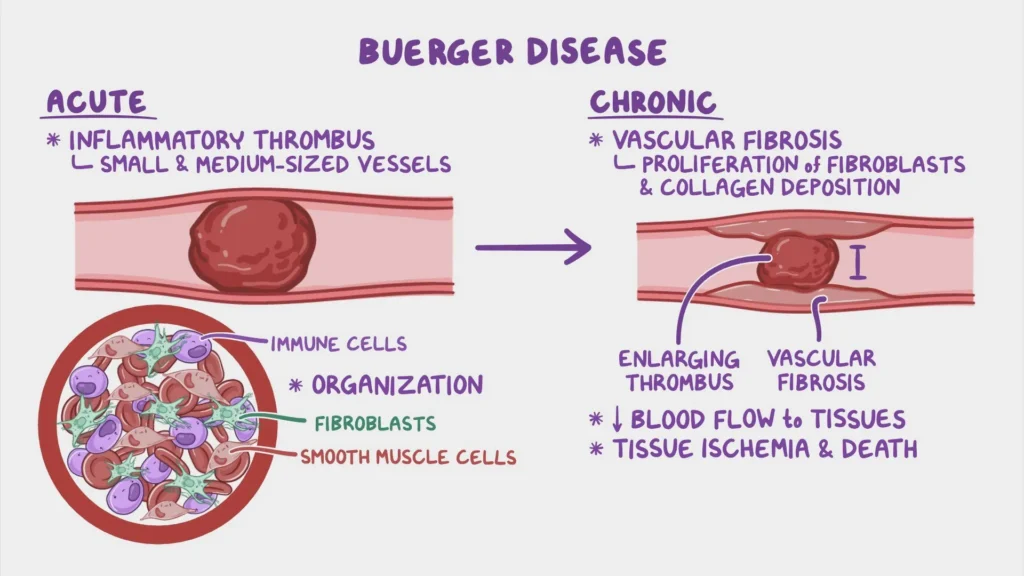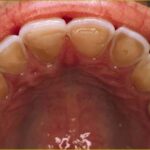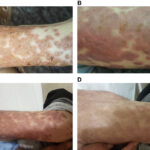Buerger’s disease, medically known as thromboangiitis obliterans, is a rare yet serious condition characterized by the inflammation and obstruction of small and medium-sized blood vessels, primarily in the arms and legs. This vascular disease significantly impairs blood flow, often leading to severe complications, including tissue damage and, in extreme cases, amputation.

What is Buerger’s Disease?
Buerger’s disease is a form of vasculitis that predominantly affects individuals with a history of heavy tobacco use. It leads to chronic inflammation in the blood vessels, causing clots that obstruct circulation. The restricted blood flow often results in pain, ulcers, and gangrene, particularly in the extremities.
Key Causes and Risk Factors
1. Tobacco Use
The most significant risk factor for Buerger’s disease is tobacco use, including smoking and chewing tobacco. Nicotine and other harmful chemicals trigger inflammation in blood vessels.
2. Genetic Predisposition
Certain genetic markers may increase susceptibility to this disease, particularly in specific populations such as South and East Asians and people of Mediterranean descent.
3. Age and Gender
The disease typically affects individuals aged 20 to 45 years and is more prevalent in males, though rising smoking rates among women are narrowing this gender disparity.
Recognizing the Symptoms of Buerger’s Disease
Symptoms of Buerger’s disease often develop gradually and vary depending on the severity of the condition. Common symptoms include:
- Claudication: Pain or cramping in the arms or legs during physical activity.
- Rest Pain: Persistent pain in affected areas, even during rest.
- Skin Changes: Pale, blue, or reddish discoloration of the skin.
- Non-healing Ulcers: Open sores on fingers or toes that do not heal.
- Gangrene: Tissue death due to prolonged lack of blood flow.
Diagnostic Procedures
1. Clinical Examination
A detailed medical history and physical examination help identify hallmark symptoms, including reduced pulses in the extremities.
2. Blood Tests
Although no specific blood test confirms Buerger’s disease, these tests rule out other conditions like autoimmune disorders and clotting abnormalities.
3. Angiography
This imaging technique visualizes the blood vessels and highlights blockages or irregularities commonly associated with Buerger’s disease.
4. Allen’s Test
A non-invasive test assessing blood flow in the hands can aid in diagnosis.
Treatment Options
1. Smoking Cessation
The most critical step in managing Buerger’s disease is the complete cessation of tobacco use. Nicotine replacement therapies and counseling may support this effort.
2. Medications
- Vasodilators: Improve blood flow by relaxing blood vessels.
- Antiplatelet Drugs: Reduce the risk of clot formation.
- Pain Relievers: Alleviate discomfort associated with the disease.
3. Surgical Interventions
- Sympathectomy: Surgical interruption of nerves to reduce pain and improve blood flow.
- Amputation: In severe cases, affected limbs may need to be removed to prevent life-threatening infections.
4. Emerging Treatments
Experimental therapies such as stem cell treatments and angiogenesis stimulators are being explored to promote vascular regeneration.
Prevention Strategies
- Quit Smoking: Avoid all forms of tobacco.
- Regular Check-ups: Early detection can help manage complications.
- Healthy Lifestyle: Maintain a balanced diet and engage in regular exercise to support vascular health.
- Protect Extremities: Avoid exposure to cold and injury, especially in affected areas.
Complications of Untreated Buerger’s Disease
Without timely intervention, Buerger’s disease can lead to severe consequences, including:
- Chronic pain
- Non-healing ulcers
- Gangrene requiring amputation
- Increased risk of infection
Its a preventable yet potentially debilitating condition. Awareness of its symptoms, adherence to preventive measures, and early medical intervention are vital to managing this disease effectively. By quitting smoking and adopting a proactive approach to vascular health, individuals can significantly reduce the risk of severe complications.
myhealthmag

